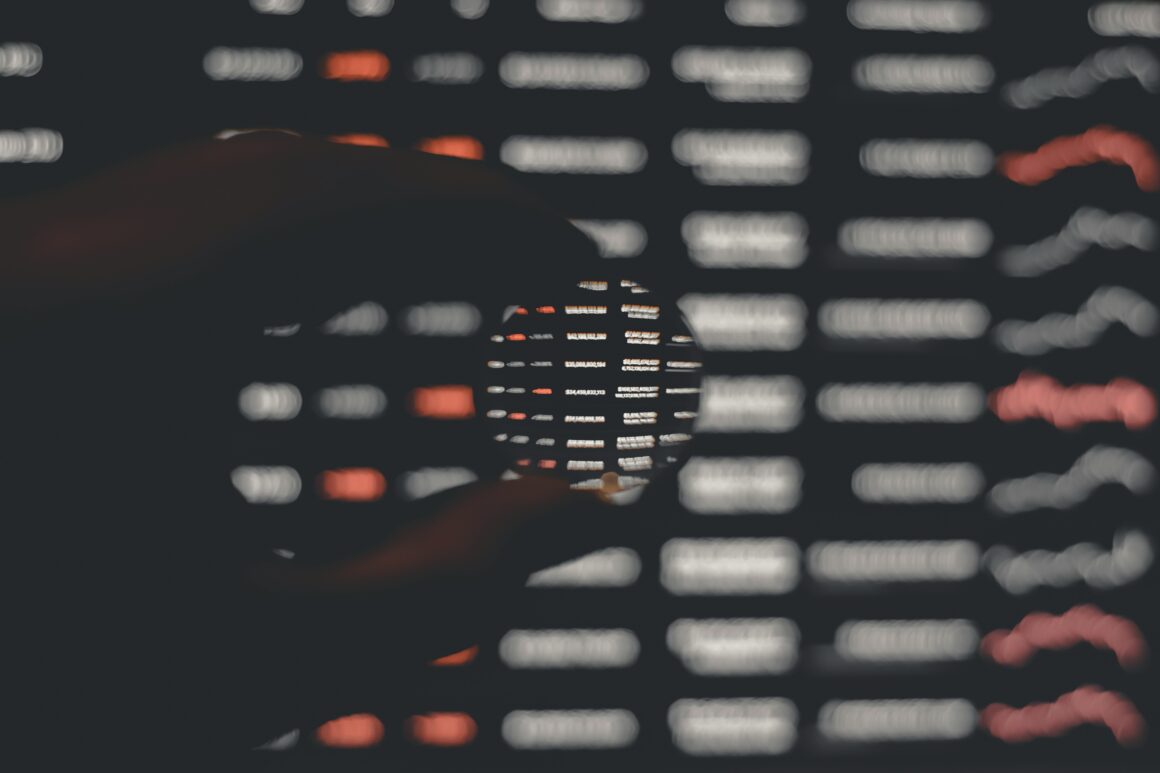
There is a secret world amongst the top one percent of The United States that most people in our country never even stumble across. It is a lifestyle full of Louis Vuitton, summer homes in the Vineyard, and elite independent schools. Books like The Clique and television shows like Gossip Girl offer a glimpse into the world of prep schools and the drama of the rich, but not necessarily famous. It is a tight circle that is tough to penetrate and comprehend unless you were born into it, and the average American can only dream about living the lifestyle that the holders of the majority of The United States’ wealth live. Nonetheless, there are a select few of low income students who gain the opportunity to glimpse into this world and bask in its resources.
These students are the privileged of the underprivileged. They attend the most elite and expensive private schools, the priciest and most prestigious summer programs and form relationships with the children of the most affluent people in the country. However, at the end of each day, they return home to their less than lavish communities and working-class parents.
Minority quotas, and need for diversity, through financial aid, allow students from low income areas to access the privilege that comes with attending the same institutions as the top one percent. Programs such as Prep for Prep and A Better Chance specialize in taking minority students from public and parochial school and placing them in elite independent day or boarding schools. Not only do they ensure the schools provide the students with financial aid or scholarships to meet their needs, but they also prep the students to succeed academically in the rigorous environment of independent school. The relationship between programs like Prep and independent schools is beneficial for both involved. The schools need these programs in order to supply them with students that can prosper in an rigorous setting while simultaneously providing a pop of color on their campuses.
For many of these students, going from distressed public schools and low income neighborhoods to elite independent school is similar to entering a whole new world. They are forced learn the social and cultural norms of their new environment, such as the difference between a yacht and boat or which fork to use during dinner. It takes a certain type of student to thrive in the independent school setting, as many challenges arise when you are surrounded by people who live seemingly perfect lives that you can only dream about for yourself.
Many begin to forget where they come from and develop a sense of shame for who they are. An identity crisis begins to form as they grow ashamed of where they began, until one day they can not keep up and are reminded of who they are. To put it differently, your mother’s 2003 Toyota Corolla parked next to someone else’s Mercedes Benz in the school parking lot is a constant reality check that you are an outsider. A summer home in Vienna or owning every pair of Tory Burch flip flops becomes the new normal because that is normal of everyone surrounding them, however that is not these students’ reality. It is easy to begin to feel alien in certain moments when these differences are highlighted.
Many take full advantage of the opportunities they are given while they are in these environments. These are the token minority students of the elite. They win all the awards, score all the points, and can be shown as a shining examples of diversity. Minority alliances provide safe haven to talk about the challenges faced during the day to day for these students. They receive an exemplary education, while gaining knowledge of social patterns and expectations of behavior. In effect, lower income minority students who attend elite private schools tend to fare better socially and academically in elite universities and gain a network that aid them later on in life.




